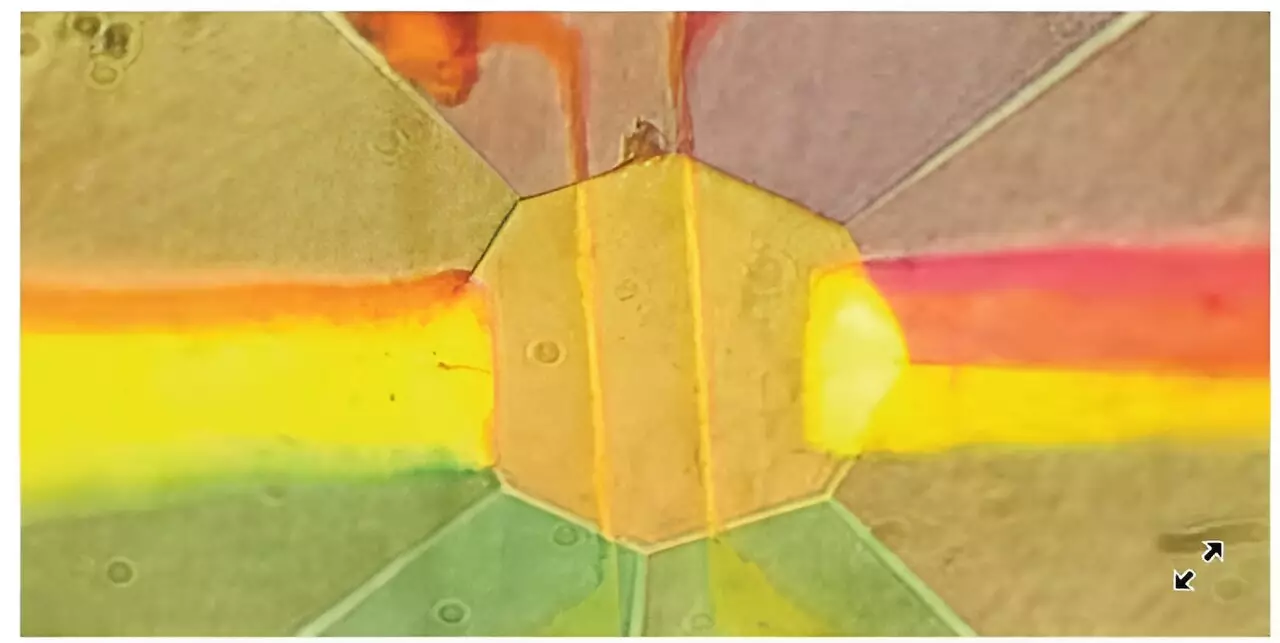The fascinating realm of superconductivity took its first monumental step in 1911 when Heike Kamerlingh Onnes unearthed the first superconductor—metallic mercury. Cooled to an astonishingly low temperature of 4.2 Kelvin, mercury revealed an ability to conduct electricity without any resistance. This groundbreaking discovery ignited a relentless quest among materials scientists to unravel the complexities of superconducting phenomena. The ultimate ambition? To discover materials that can sustain superconductivity at room temperature, a technological leap that could revolutionize power transmission and electrical systems globally.
Since that pivotal moment over a century ago, the scientific community has explored various metals and compounds, searching for higher critical temperatures that could render superconducting materials practical for everyday use. These endeavors have often led researchers to experiment under extreme conditions, including high pressures. While intriguing, the challenges inherent in managing these conditions often obfuscate the results, complicating our understanding of superconductors’ operating principles.
Recent Technological Advances in Superconductivity Research
In a remarkable advancement, a collaborative effort involving teams from Germany and the United States has yielded new insights into superconductivity through an innovative measurement technique. Conducted under pressures exceeding 90 billion Pascals—nearly one million times stronger than Earth’s atmospheric pressure—the study explored superconducting sulfur. This element surprisingly transitioned from being a non-metal to exhibiting metallic-like properties under extreme pressure. Shockingly, at 160 GPa and a chilling 17 Kelvin, sulfur’s electrons formed Cooper pairs, which facilitate the phenomenon of superconductivity.
Traditional methods to generate such immense pressures typically involve mechanical devices like pistons and Bridgman anvil pressure cells. While effective for moderate pressures, these techniques can struggle to maintain stability. The scientists employed diamond anvil cells instead. This advanced apparatus, comprised of two opposing diamond tips that compress a sample with incredible precision, has the capability to reach pressures upwards of 200 GPa. By using this innovative technology, researchers meticulously examined sulfur’s electronic properties, unlocking a treasure trove of data essential for understanding novel superconductors.
The Challenges of High-Pressure Measurements
Despite the progress made, high-pressure experiments come with their own set of complex challenges. As pressure escalates, the physical characteristics of the system can be adversely affected, compromising the integrity of crucial components, such as tunneling barriers in planar junctions. These barriers are vital for contemporary measurement techniques that rely on quantum mechanical principles.
Historically, pressure-induced leaks and diminished energy barrier sizes have hampered researchers’ abilities to achieve accurate readings when dealing with microscopic samples. To counteract these issues, the research team innovatively fabricated planar tunnel junctions directly within the diamond anvil cell. This in situ fabrication allowed for measurements well beyond 100 GPa, vastly improving the quality and reliability of the results.
The Breakthrough: Measuring the Superconducting Gap
A key aim of this groundbreaking research was to measure the superconducting gap, also known as cleaving energy, in superconducting sulfur. This measurement had been notoriously challenging at higher pressures. The size and symmetry of this gap are crucial indicators of the underlying mechanisms that enable superconductivity in a given material. After extensive experimentation, the scientists confirmed sulfur’s critical temperature of 17 K, eventually locating it nearer to 3 K, thereby establishing sulfur as a type II superconductor.
Such breakthroughs have led researchers to consider expanding their investigations to other materials with distinct superconducting properties. The methodology they developed can potentially unveil novel superconductors that may operate at more practical temperatures.
A Future Filled with Potential: The Quest for Room-Temperature Superconductors
The advancements in this research not only highlight significant strides in understanding superconductivity but also open the door to exploring a wider variety of materials, including hydrides and nickelates. The team’s ambition is clear; they aim to use their newly developed “microscope” for superconductivity in pressurized environments to decode the fundamental characteristics of high-temperature superconductors. Such insights could dramatically alter our technological landscape, leading to the long-sought discovery of room-temperature superconductors capable of functioning at atmospheric conditions.
As scientists navigate this uncharted territory, the data gathered will not only clarify existing theories but may also reveal new phenomena that have yet to be identified. With each experiment, we march closer to redefining electrical transport and reshaping our technological future—a tantalizing prospect for both researchers and society at large. The coming years will undoubtedly witness pivotal revelations that could bring about the revolutionary applications of superconductors.


Leave a Reply